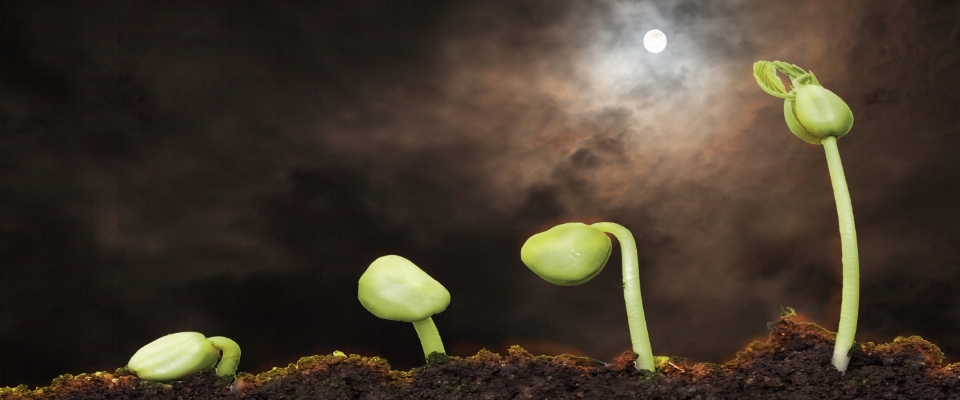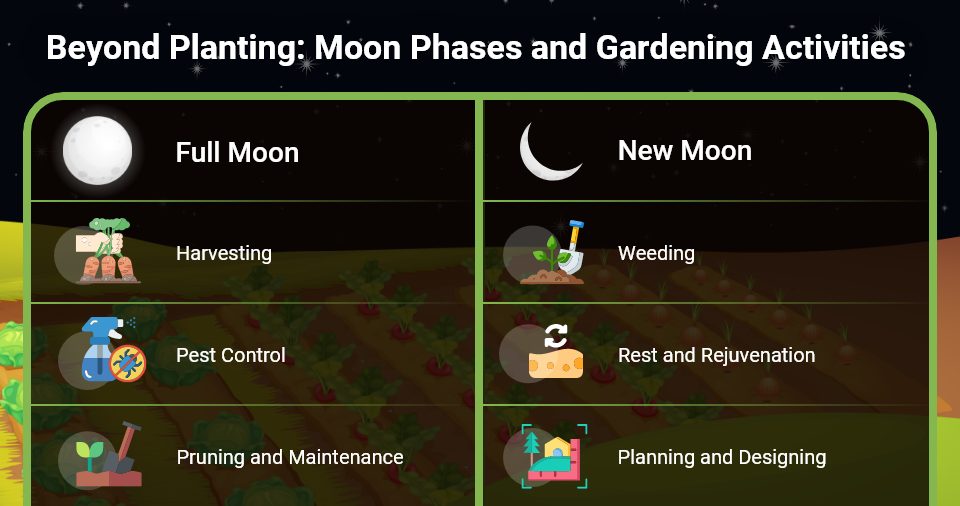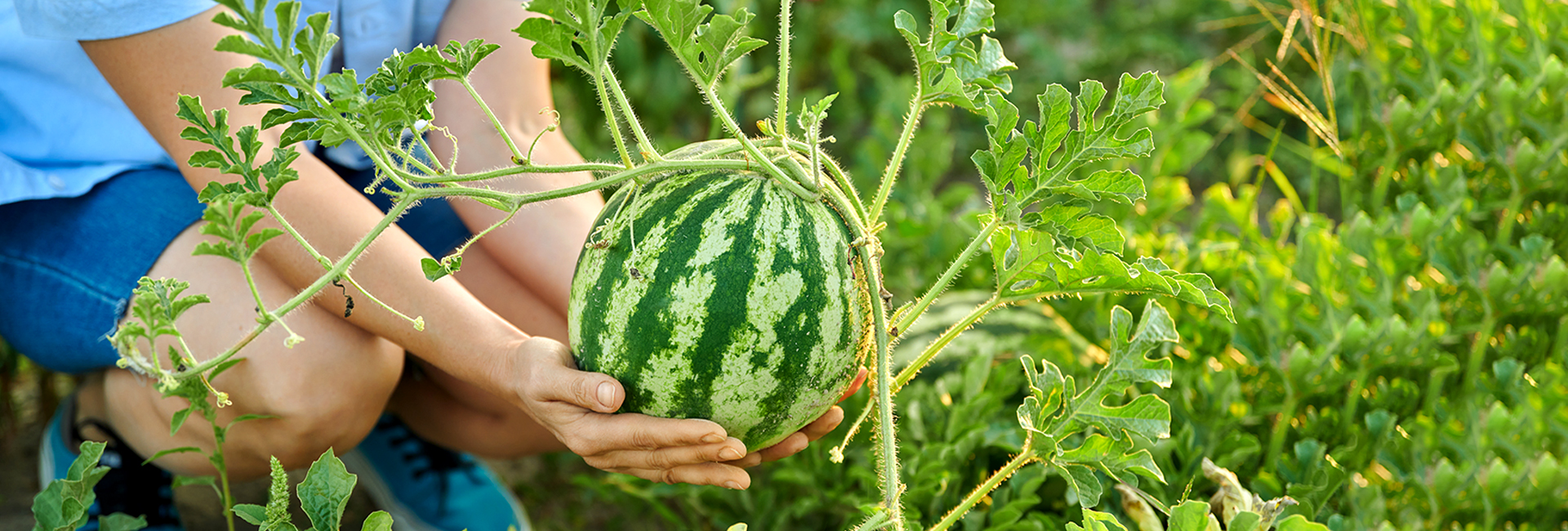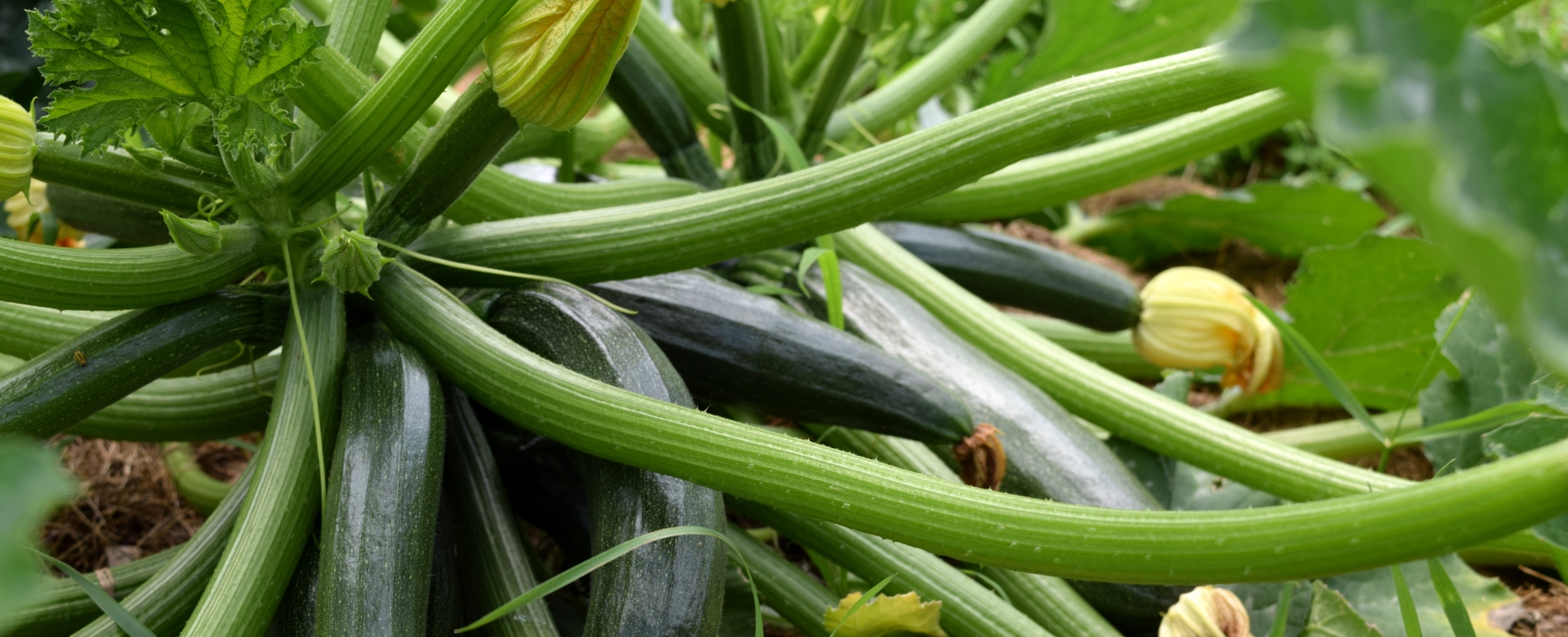Gardening has always been connected to nature, but have you heard of planting by the moon? This ancient practice, based on moon phases, has guided farmers and gardeners for centuries.
The idea is simple yet fascinating: align your gardening with the moon’s phases to supposedly boost plant growth and vitality.
Advocates claim the moon’s gravitational pull affects soil moisture levels, like ocean tides, potentially impacting seed germination and plant growth. While the scientific community is divided on its efficacy, many gardeners swear by its benefits.
Today, we’ll explore moon phase gardening and its effectiveness.
What Is Moon Phase Gardening?
To grasp moon phase gardening, one must first understand the four main phases of the moon:
1. New Moon (approx. 1-7 days): The moon is not visible from Earth.
2. Waxing Crescent to Full Moon (approx. 7-14 days): The moon is growing.
3. Full Moon (approx. 14-21 days): The moon is fully illuminated.
4. Waning Crescent to New Moon (approx. 21-28 days): The moon is decreasing.
Overview of Moon Phase Gardening
Moon phase gardening revolves around these lunar phases, suggesting that different gardening activities are best suited to specific times. It’s a blend of tradition and folklore, with limited scientific evidence supporting its effectiveness. However, many gardeners swear by it, claiming it leads to growth and yield.
Historical Roots and Modern Skepticism
Moon phase gardening has always had deep roots in folklore. Even though modern science hasn’t fully backed it up, people still love the mix of mystical and practical elements. It’s a fascinating idea that can really spice up your traditional gardening methods.
Planting by the Moon: Tips to Get Started

If you’re curious about moon phase gardening, here are some practical steps to begin.
Waxing Moon Gardening (New Moon to Full Moon)
During the waxing moon phase, the moon’s light increases, making it an ideal time for planting above-ground crops.
Ideal Time for Planting Above-Ground Crops
The waxing moon phase is believed to promote increased sap flow and growth in plants. This is the perfect time to plant crops that produce leaves, fruits, and flowers.
Connection to Increased Sap Flow and Growth
The increasing moonlight is thought to enhance the upward movement of sap, stimulating growth in above-ground parts of the plants.
Specific Examples of Plants to Sow During This Phase
- Lettuce: Fast-growing and leafy, lettuce thrives when planted during the waxing moon.
- Tomatoes: With their rapid growth and fruit production, tomatoes benefit from the increased sap flow.
- Beans: Another quick-growing plant, beans flourish during this phase.
Waning Moon Gardening (Full Moon to New Moon)
In contrast, the waning moon phase is best for planting below-ground crops.
Best for Planting Below-Ground Crops
During the waning moon, sap flow is believed to shift downward, favoring root development.
Connection to Decreased Sap Flow and Root Development
The decreasing moonlight is thought to encourage stronger root systems, making it ideal for planting root vegetables.
Specific Examples of Plants to Sow During This Phase
- Potatoes: With their extensive root systems, potatoes benefit from planting during the waning moon.
- Carrots: Known for their deep roots, carrots thrive when sown in this phase.
- Garlic: A root crop with significant underground growth, garlic does well in the waning moon.
Beyond Planting: Moon Phases and Gardening Activities

Full Moon
The full moon is not ideal for planting but offers opportunities for other essential gardening tasks.
- Harvesting – Increased insect activity during the full moon makes this phase suitable for harvesting crops, as the vibrant moonlight often encourages quicker ripening.
- Pest Control – The bright moonlight can be used strategically for pest management. This is a great time to scout for pests that are more active at night and take measures to control their population.
- Pruning and Maintenance – Utilize the bright light to carry out pruning and general garden maintenance, making sure your plants are in good shape.
New Moon
Considered a time of rest for the garden, the new moon is ideal for maintaining and preparing the soil.
- Weeding: A perfect time to focus on weeding and v, as the lower sap flow in plants makes them easier to pull out, ensuring your garden remains free of unwanted plants.
- Rest and Rejuvenation: Give your garden a break to prepare for the next cycle. This is an excellent time to enrich the soil with compost or organic matter, ensuring it is well-nourished and ready for future planting.
- Planning and Designing: Use this period to plan and design your garden layout, considering the best placement for future plantings based on the moon’s phases and other environmental factors.
Bonus Section: Moon Phase Gardening Calendar
To make moon phase gardening easier, here’s a simplified calendar summarizing the recommended activities for each phase:
| Moon Phase | Recommended Activities |
|---|---|
| New Moon | Weeding, soil maintenance |
| Waxing Crescent | Planting above-ground crops, transplanting seedlings |
| Full Moon | Harvesting, pest control |
| Waning Crescent | Planting below-ground crops, pruning |
Does Gardening by the Moon Work?
The Scientific Debate
The effectiveness of moon phase gardening is a topic of ongoing debate. Some studies suggest a link between lunar phases and plant growth, stressing that certain phases of the moon can influence seed germination, root development, and flowering. However, other research finds no solid evidence to support these claims, often attributing any observed effects to natural environmental factors.
The practice is largely based on anecdotes, with many gardeners relying on their own observations and experiences. Despite the lack of solid scientific evidence, moon phase gardening still attracts enthusiasts who believe in its benefits.
Complementary Practice
Moon phase gardening should be viewed as a complement to other methods, not a standalone technique. While following the lunar cycles can enhance certain aspects of gardening, it’s important to remember that soil quality, climate, and good gardening practices are essential for plant health and yield. Proper irrigation, pest control, and nutrient management also play major roles in ensuring a thriving garden.
Conclusion
Planting by the moon is an interesting practice that ties gardeners to natural cycles, potentially boosting plant growth and deepening your connection with the earth. Whether you’re doubtful or convinced, trying this ancient technique can add a new layer to your gardening.
Remember, gardening is about observation and adaptation, not just following rules. Try adding moon phase gardening to your routine and see how it works with your existing methods. The joy of gardening comes from the ongoing learning and growth with each planting season.
Ready to get started on your gardening journey? Be sure to visit one of our locations today!
FAQs
Moon phase gardening involves planting and harvesting crops according to the moon's phases. This method has long been rooted in folklore and traditional agricultural practices. Although there is no scientific evidence supporting its effectiveness, many gardeners firmly believe in this method.
Not necessarily.
It's an interesting topic with a long history, but there's not much scientific evidence to back it up.
Traditional gardening methods, like focusing on soil quality, sunlight, water, and picking the right plants, have a much stronger scientific foundation.
Stick with these basics for a successful garden. Planting by the moon can be fun to try, but don't count on it alone for your garden's success.
Don't worry!
You can still plant your garden and have a successful harvest. While planting by moon phases can help, it's not necessary for a thriving garden.
Instead of stressing about lunar cycles, focus on key factors like soil quality, sunlight, and watering schedules. These are key for any successful garden and should not be overlooked.
If you miss the ideal planting time according to the moon phase, you can always try again during the next cycle. Lunar gardening relies on patterns and repetition, so there's always another chance to align your planting with the moon's phases.
Absolutely!
While traditional moon gardening practices suggest specific phases for different plant types, there's no concrete scientific evidence to support these claims. These practices are mainly based on folklore and anecdotal success stories.
However, many gardeners find joy and a sense of connection with nature by following these lunar cycles. Whether you adhere to these traditions or not, the key to successful gardening lies in good soil, proper watering, and attentive care.
For crops like beets, carrots, and radishes that produce both above and below-ground parts, the traditional approach leans towards planting during the waning moon (from full moon to new moon) to encourage root development. However, this is just a guideline and not a strict rule.
It’s important to remember a few things. First off, soil conditions, climate, and plant variety are far more influential factors in plant growth than moon phases. Also, if you're curious about moon gardening, try planting the same crop during different phases and compare the results.




